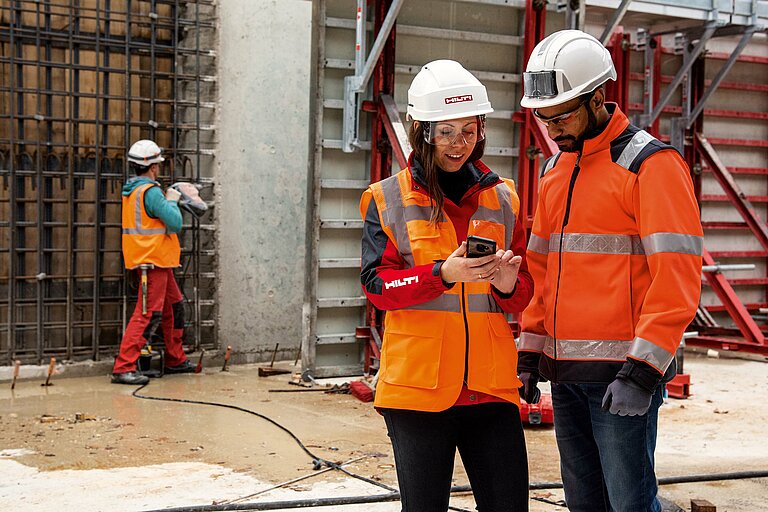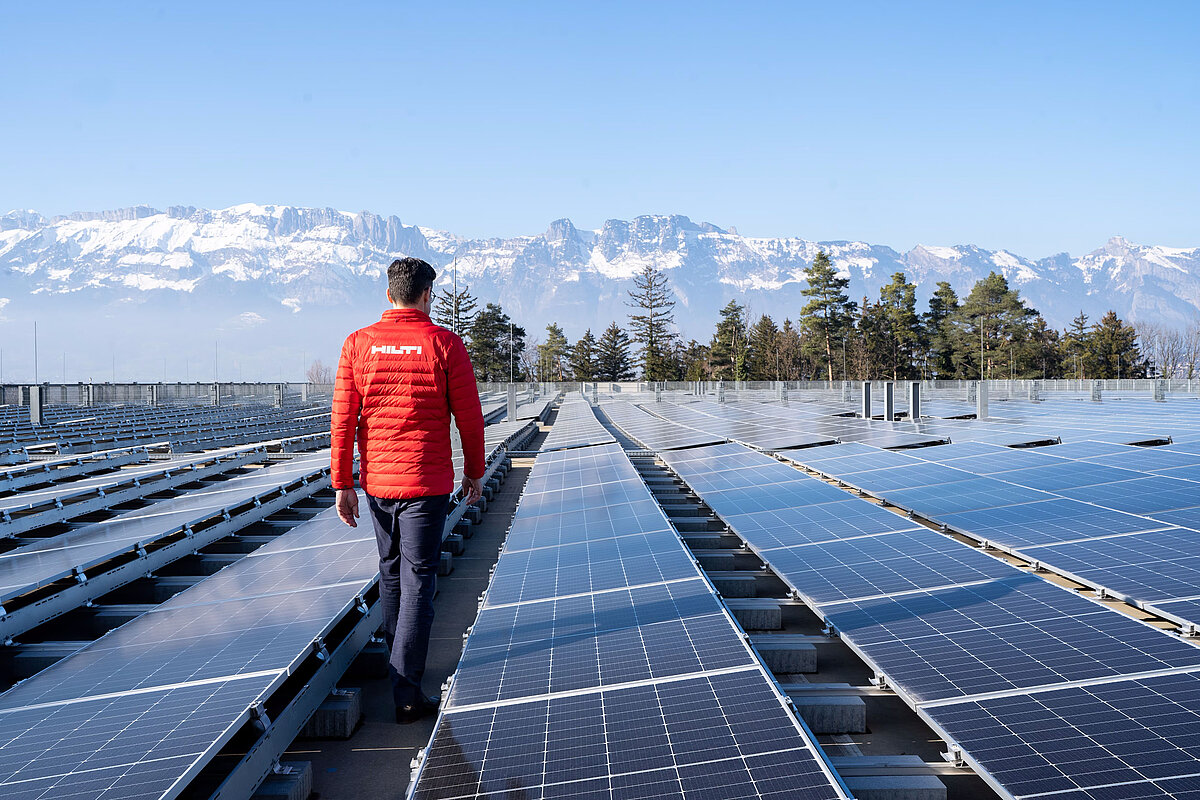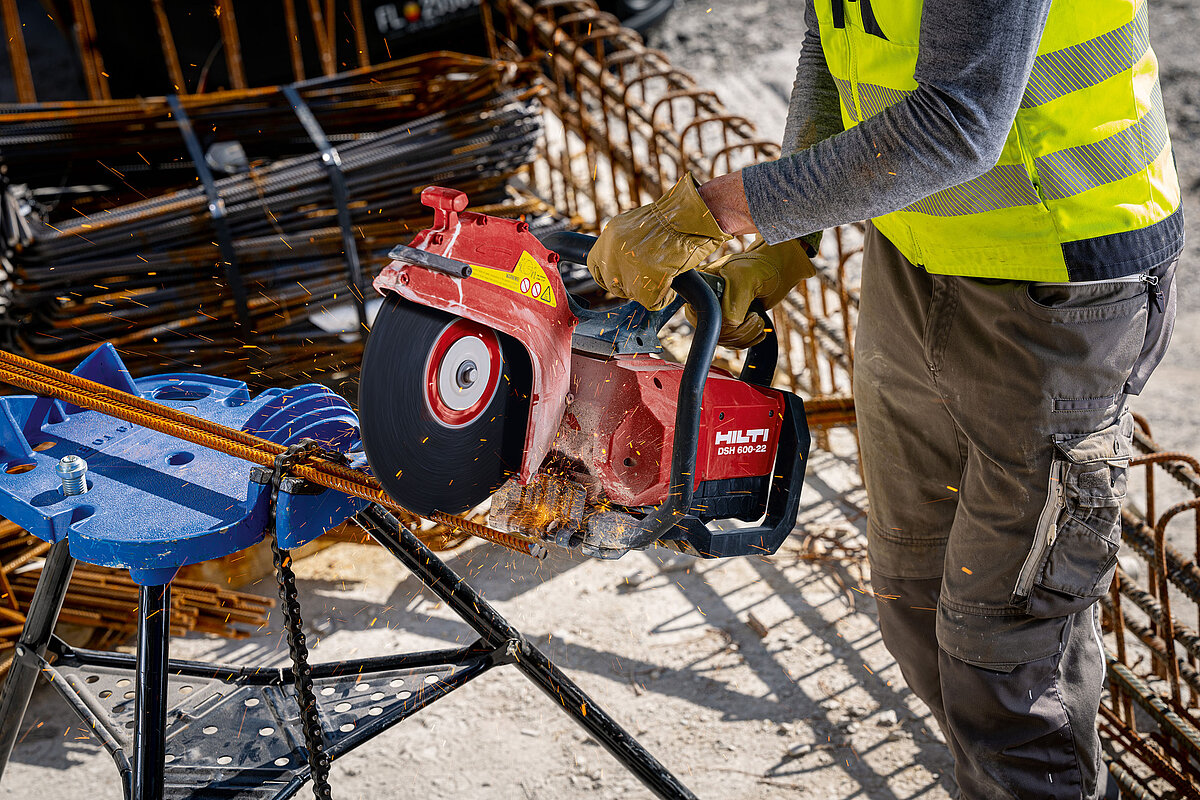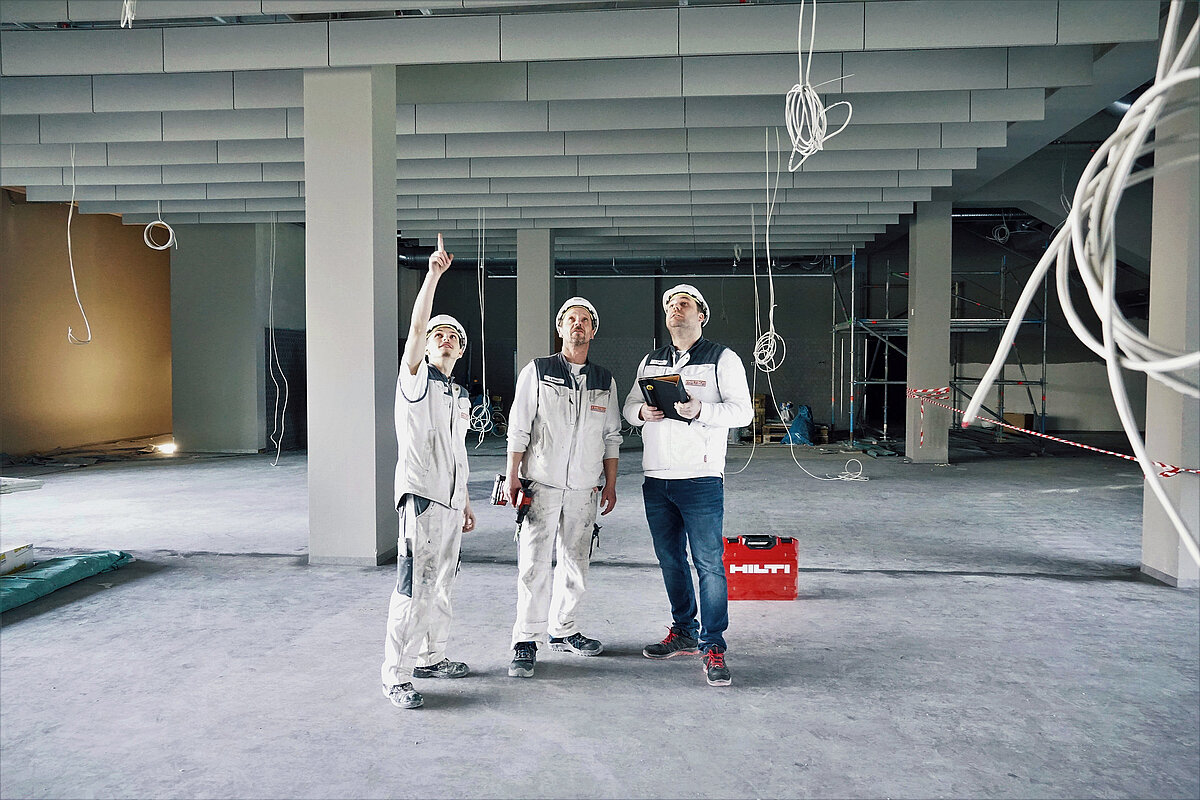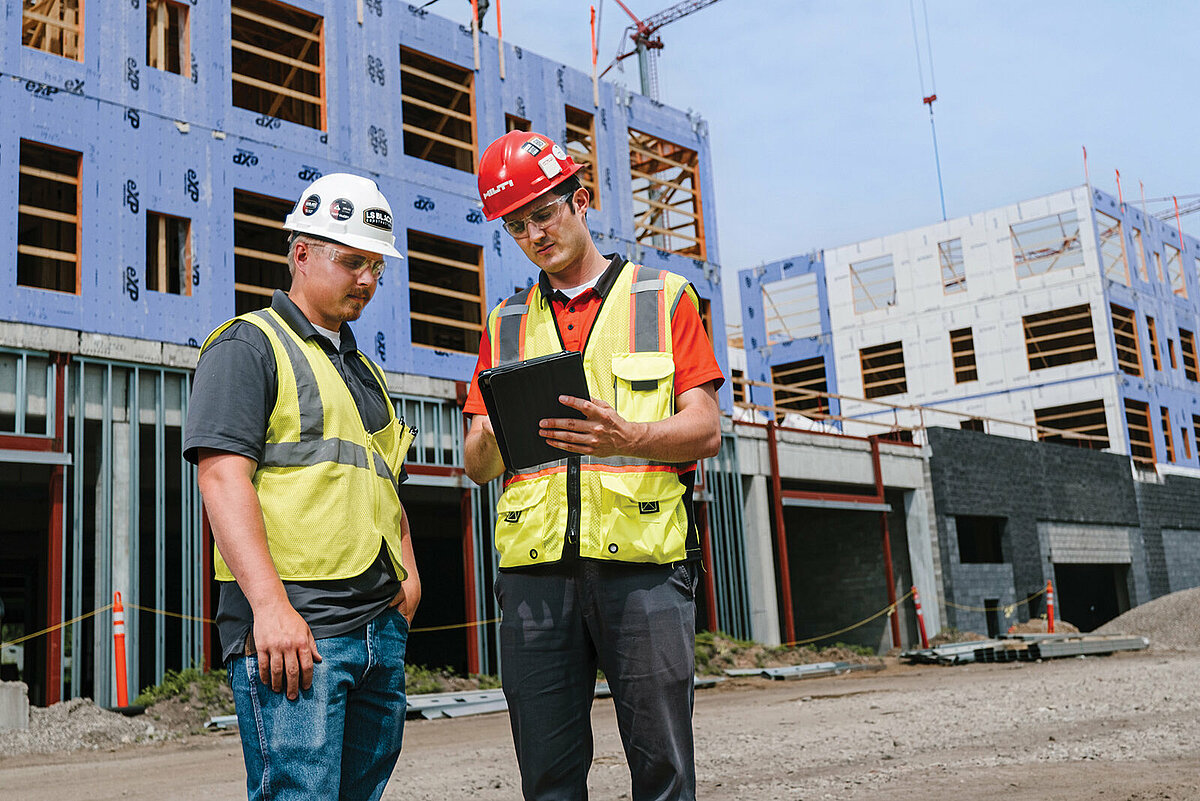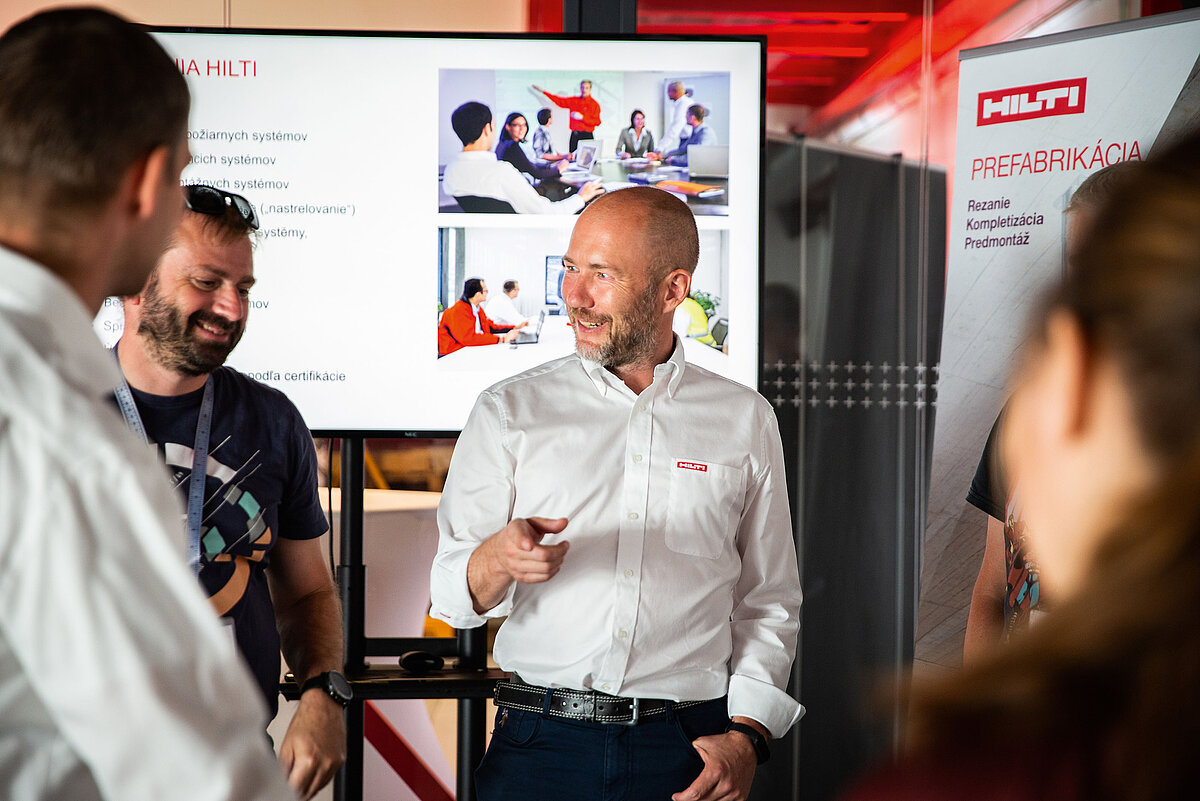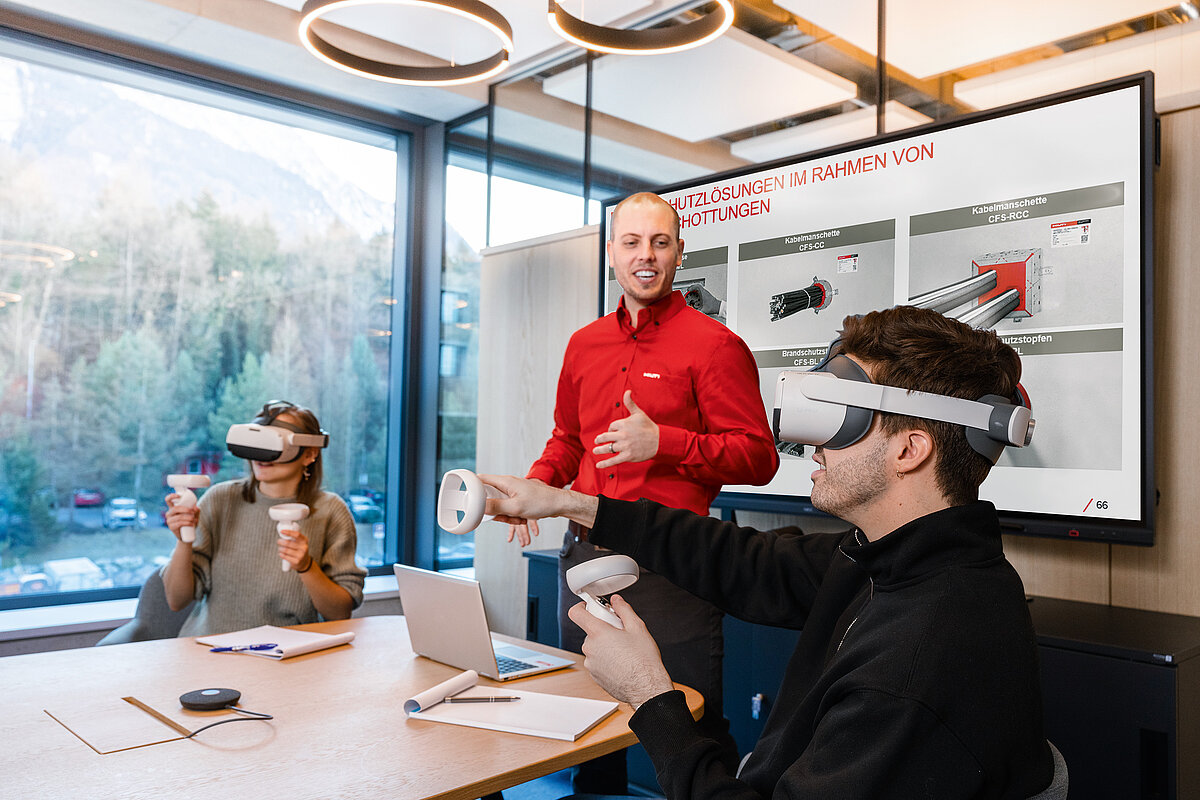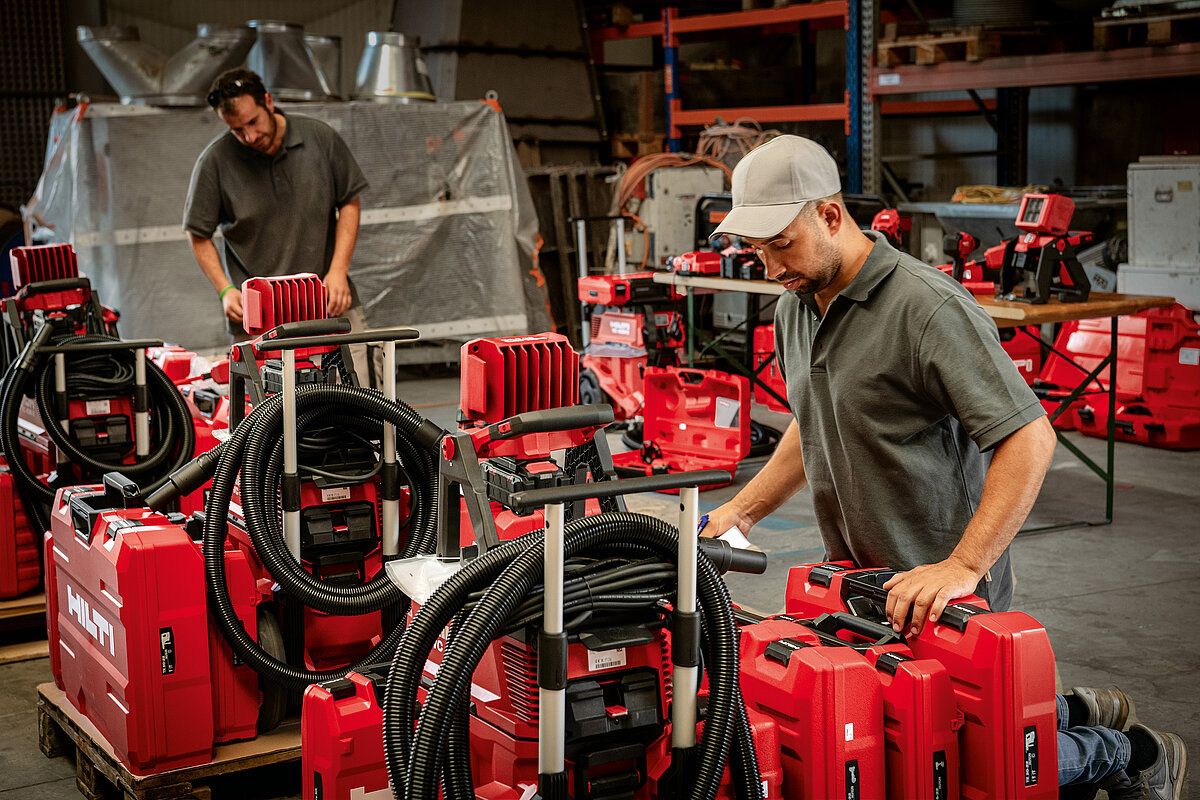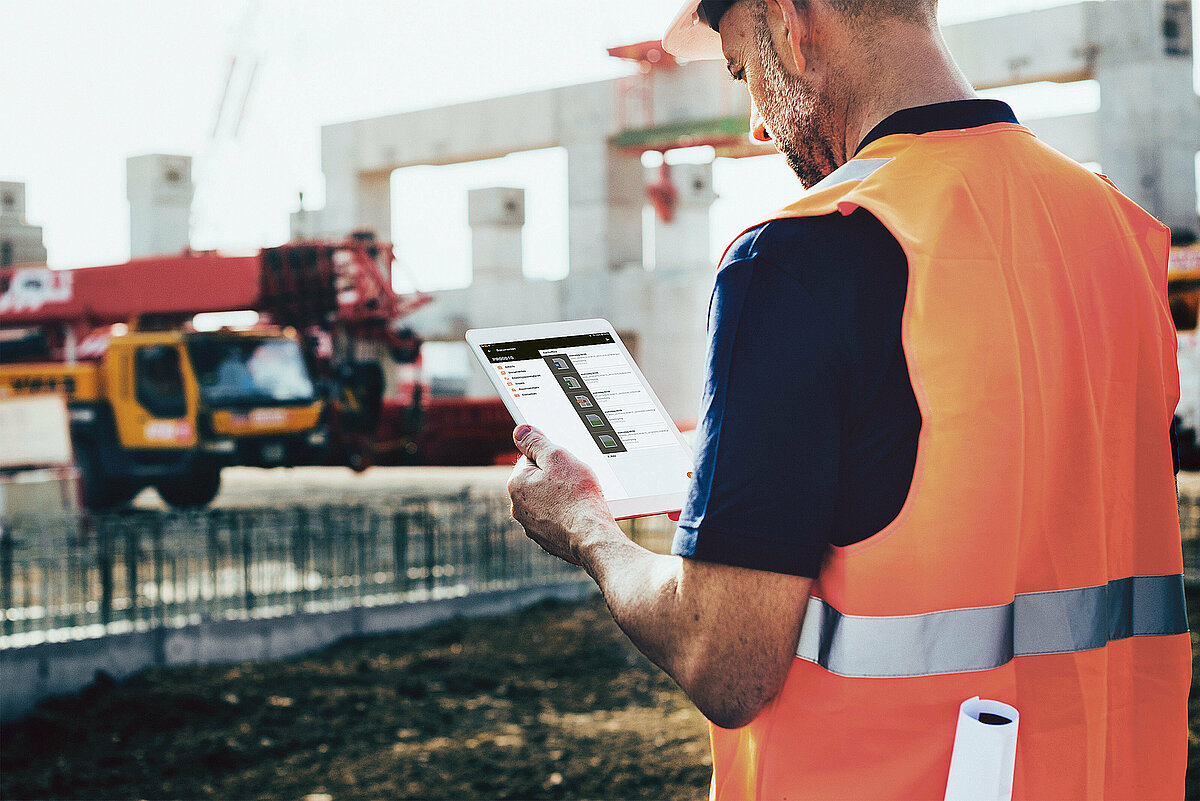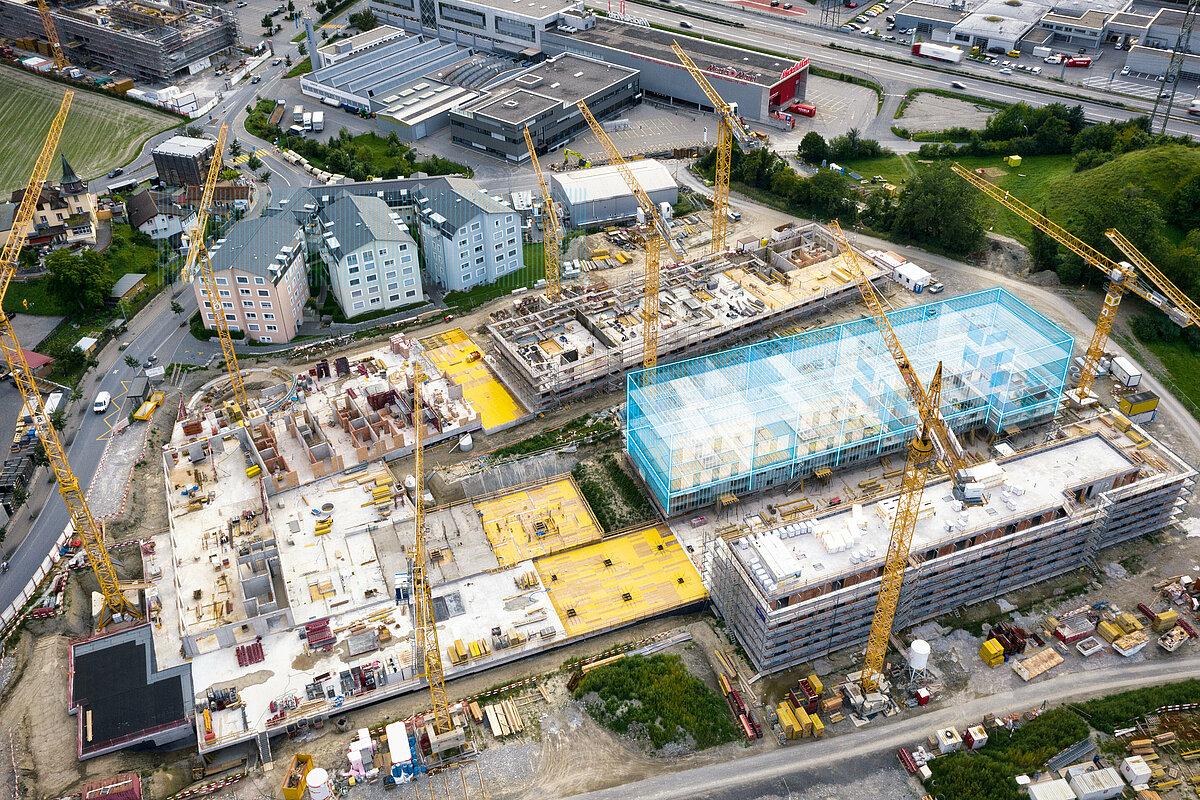Best Partner for Sustainability
Our CO2 Reduction Journey – Way Forward to Net Zero
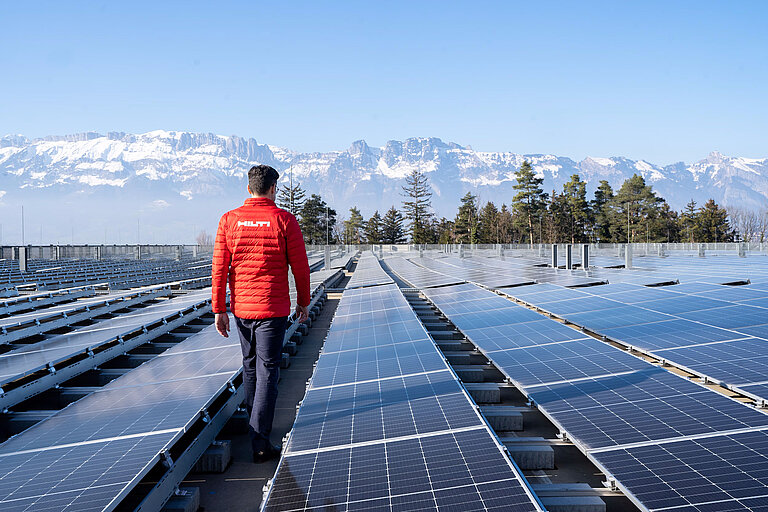
The urgency of global climate change and the need to reduce CO2 emissions is clear. At Hilti, we are committed to reducing our carbon footprint and promoting sustainable practices.
Our initial milestone was to achieve CO2 neutrality by 2023 within our own operations, which we accomplished through a range of measures, including adopting 100 percent green electricity, expanding our photovoltaic installations, integrating heat recovery systems and shifting our car fleet from gasoline and diesel engines to electric drives and full hybrid vehicles. As a result, we have reduced our CO2 emissions by a total of 60 percent.
But our sights are set on an even more ambitious target: net zero by 2050. This involves not only reducing our immediate emissions but also addressing the more comprehensive Scope 3 emissions from our entire value chain. In alignment with the Science Based Targets initiative (SBTi), our drive toward net zero exemplifies our dedication to Making Construction Better. Join us as we continue on this critical path.
Our ambition to achieve net zero explained

Our CO2 Reduction Journey So Far
At Hilti, we have identified significant emission areas within our organization and implemented strategic measures to reduce our carbon footprint. We launched global initiatives along the imperatives reduce, replace, produce, offset to achieve our first milestone to become carbon-neutral within our own operations. Continue reading and explore local examples that illustrate our broader efforts.
Explore our principles – Reduce, Replace, Produce, and Offset – to discover some of the stories, innovations and people driving our mission:
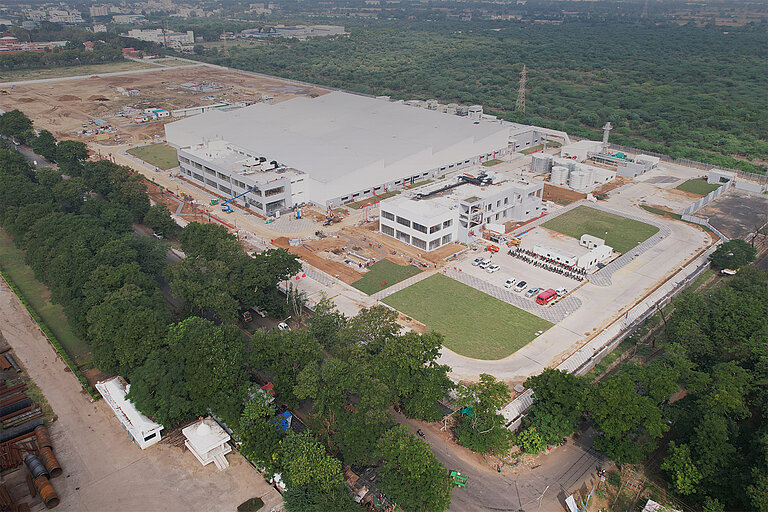
In India, where we built one of our new plants, we are targeting the prestigious DGNB Gold standard for sustainable buildings, significantly reducing energy use through efficient planning and technologies such as photovoltaic installations.
Read more
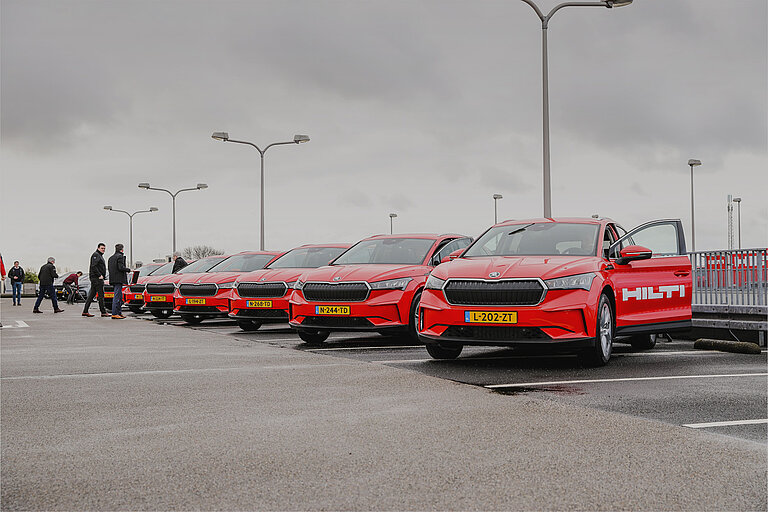
While transitioning to low emission vehicles is a global initiative at Hilti, a notable example can be seen in the Netherlands, where our entire fleet has already shifted to electric vehicles, enhancing energy and climate efficiency.
Read more

Our development of a 9,000 MWh capacity through strategic photovoltaic installations, with plans for expansion, is part of our larger commitment to solar energy worldwide.
Read more

Achieving a 60 percent CO2 reduction (compared to 2019) within our own operations is a milestone in our global strategy. Collaborations with partners like the Hilti Foundation and ClimatePartner, and projects such as the Kenya Cookstoves and India Biogas, are key for our offsetting efforts which compensate the remaining 40 percent of CO2 emissions within our own operations.
Read more
Our Path to Net Zero by 2050
Embedded within our broader sustainability goals that include adopting sustainable materials, promoting a circular economy and prioritizing resource conservation, we will not stop at CO2 neutrality within our own operations. Our goal is net zero by 2050. The distinction between being carbon neutral within our own operations and achieving net zero is crucial. While carbon neutrality saw us tackling the CO2 emissions generated in our own operations, our goal for net zero by 2050 means we are tackling the sum of emissions generated across the entirety of our value chain. We have committed to the Science Based Targets initiative (SBTi) with a near-term target which foresees a 30 percent reduction of our total CO2 emissions by 2032 and a long-term target which is our ambition to be net zero by 2050.
The following animation illustrates Hilti’s strategic approach to achieving net zero emissions, consistent with the Science Based Targets initiative (SBTi). It explains key concepts like CO2 neutrality and the role of Scopes 1, 2 and 3 emissions in our journey towards net zero.
Our pathway towards environmental stewardship is defined not just by ambitious milestones but by the tangible steps we’ve taken, the challenges we’ve navigated and the objectives we’re yet to achieve. From addressing our immediate emissions by 2023 to our near-term target in line with the Science Based Targets initiative by 2032, and our broader vision of net zero by 2050, our commitment is steadfast. As our CEO, Jahangir Doongaji, stated, “Our commitment to sustainability reflects our promise to future generations.” See video here
As we envision a world where sustainable construction is a lived reality, we invite you to explore our Sustainability Report for insights into Hilti’s multi-faceted approach to sustainability.

Sustainability is an integral part of our customer promise. Discover how with Lead 2030 Hilti is Making Construction Better.

